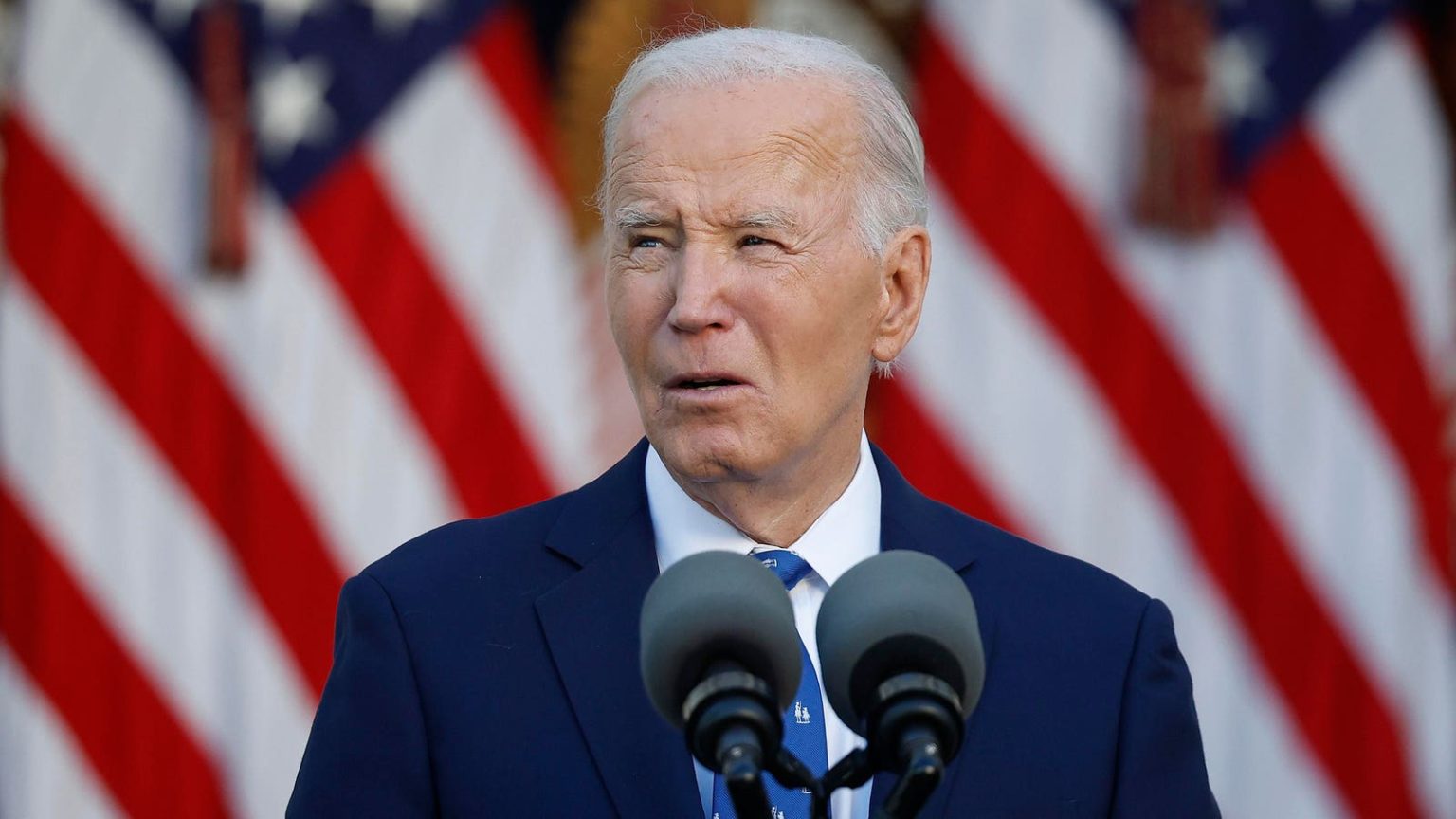The Biden administration’s new student loan forgiveness initiative focused on providing relief based on hardship has recently reached an important threshold, but the program’s future is uncertain, especially with Donald Trump’s expected return to the presidency in January. The Department of Education has published draft regulations for this initiative, which has initiated a crucial 30-day public comment period that has now ended. While the feedback received during this period will be reviewed and could pave the way for final regulations in the coming months, the likelihood of this program being fully implemented remains in doubt due to potential political changes.
This student loan forgiveness program is designed to assist borrowers who are facing financial hardships. There are two pathways for relief: one that offers automatic loan forgiveness based on the Department’s assessment of available data, and another that allows borrowers to apply for relief on an individual basis. In the draft regulations released last month, the Education Department outlines various indicators of hardship, encompassing personal factors like age or disability status, financial circumstances including income and debt levels, and educational factors such as completion of a degree or eligibility for federal aid.
The public response to the proposed hardship student loan forgiveness plan has been deeply polarized, reflecting the contentious nature of student debt relief in the United States. A coalition of over 200 organizations, including labor and civil rights groups, expressed strong support for the initiative, framing it as a pivotal move toward addressing the student debt crisis. They argue that this rule is essential for providing much-needed assistance to borrowers burdened by debt and the complex landscape of the current student loan system.
Conversely, conservative lawmakers and organizations have voiced significant opposition to the initiative, claiming that the Department of Education lacks the legal authority to implement such a program without congressional approval. Critics argue that the breadth and ambiguity of the proposed guidelines could lead to unwarranted funding issues, stating that the initiative risks infringing upon the Constitution by reallocating over $100 billion without proper legislative action. Specific concerns also highlight the challenges of applying standardized metrics or artificial intelligence assessments to determine eligibility for loan forgiveness.
As the Biden administration looks to finalize this program by 2025, the prospect of the incoming Trump administration poses a significant threat to its realization. Although Trump’s transition team has yet to provide definitive statements regarding the new initiative, reports suggest that plans are underway to dismantle several of Biden’s ongoing debt relief efforts. Amidst the legal challenges plaguing existing student loan forgiveness strategies, the most straightforward avenue for Trump’s administration to derail the hardship program would be to abstain from implementing it altogether.
In summary, while there is a shared sense of urgency for addressing student loan debt, marked by the proposed hardship forgiveness initiative, its future hangs in the balance as political landscapes shift. The efforts to provide relief are met with divisive opinions and anticipatory moves from the forthcoming administration, illustrating the complexities and ongoing challenges surrounding student debt forgiveness in the United States. The outcome of this program remains uncertain, contingent not only on public feedback but also on the political will of future leaders and their stances on student loan reform.

